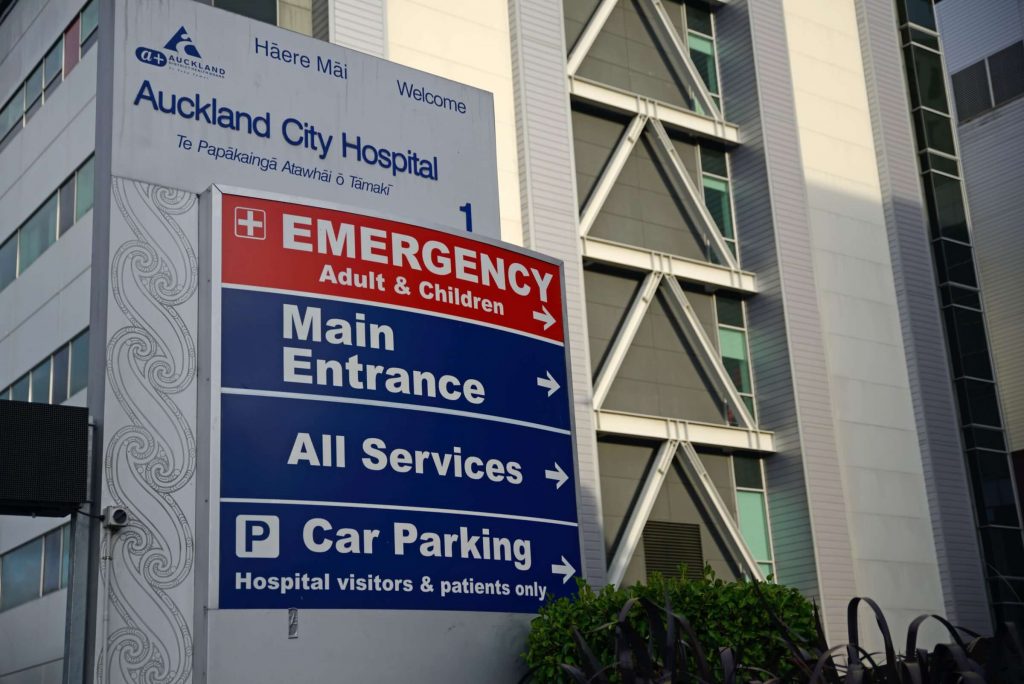Today’s national assessment of our health assets shows that our health infrastructure is on life support and points to systemic weaknesses in the ways we plan, fund, and deliver our social infrastructure,” says Infrastructure New Zealand CEO Paul Blair

Today, the Ministry of Health released its report of the National Asset Management Programme for district health boards (DHBs).
We commend the Government and the Ministry of Health for commissioning and publishing this vital and confronting work. For far too long, there has been poor transparency on the true condition of New Zealand hospitals.
The report found that our hospitals are old, with significant infrastructure deficiencies, and are technologically behind the times.
DHBs estimate that, though our hospitals have a total replacement value of $24 billion, they will need $14 billion in capital investment to bring them up to standard over the next decade, showing just how much work is needed.
The $14 billion of investment required is a major increase from the $5.5 billion estimated a decade ago and will likely rise further the longer we delay.
Pleasingly, $750 million in capital investment was committed in Budget 2020. This is a significant step forward but it only represents half of what is required every year for the next ten years.
A ten-year funding commitment from Budget 2021 will be required.
This will not only demonstrate to the public that the Government is committed to resolving severe health infrastructure issues, but will give the infrastructure sector time and confidence to scale up for the largest health capital investment in decades.
It couldn’t have come at a better time. The vertical construction sector will soften markedly through 2021 as existing projects are completed and private investment remains muted.
Government now has an opportunity to build through the dip, utilising available resources and improving the quality of life-saving infrastructure.
If the Government is unable to commit funding directly, there is significant private capital (including quasi-public entities like NZ Super and ACC) looking for opportunities and a range of models are available to help Government manage cashflow and meet essential service demand.
Reform of our health sector should also be investigated.
Evidence that New Zealand’s provision of ICU beds is far below comparable countries and ongoing DHB financial pressures suggest our model may no longer be fit for purpose.
Health spending should not be ‘the ambulance at the bottom of the cliff’.
Integrated planning and funding of high-quality housing, water, transport and social infrastructure can provide highly effective ‘primary care’ intervention, and this should be prioritised as well to improve holistic health outcomes for Kiwis.
Our Government should be setting ambitious outcomes for the health of kiwis – we look forward to transformational reform such as that recommended by the Health & Disability System Review.





